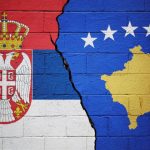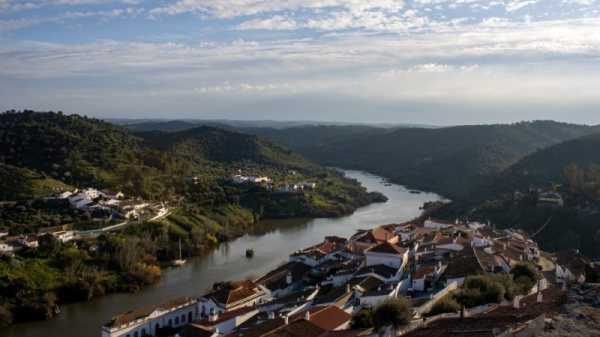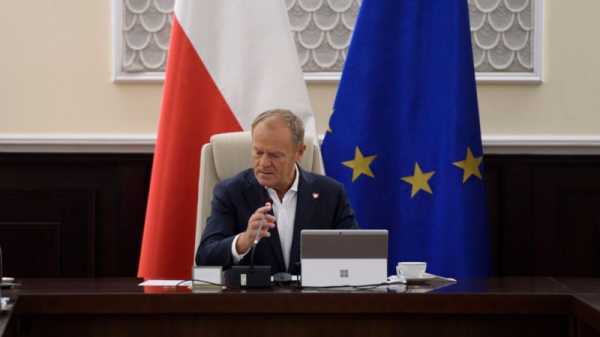
Fewer Albanian youngsters enter the workforce after completing studies, while graduation and enrolment rates continue to fall, according to data published by the national statistics institute, INSTAT.
According to INSTAT, in the academic year 2021-2022, 30,910 students graduated from higher education, a decrease of 5.4% compared to the previous year, with female students accounting for just over 66%.
Most students graduated with business, administration and law degrees, accounting for over a quarter of graduates, followed by engineering for male students with 21.3% and health for 19.2% of women.
However, the decrease in the number of graduates does not just apply to higher education but to all levels of schooling. INSTAT reported that in 2021-2022, 90,324 students graduated from formal education, a decrease of almost 6% from the previous school year.
As for enrollments, there was a rapid decline in the 2022-2023 school year, with 554,222 enrollments, a decrease of 4.1% from the previous academic year. Drilling down to different levels of education, primary schools saw a 4% decrease, while secondary schools saw a 7.4% drop.
As for secondary students pursuing higher education, these numbers fell by 2.0% overall, with a 2.3% drop in bachelor programmes.
Like with graduations, the most popular subjects for enrolment in 2022-2023 in higher education were business, administration and law, and the least, agriculture, forestry, fishing and veterinary.
Compared with the previous year’s data, the greatest decrease in students was in arts and humanities, with almost 17%, while numbers dropped over 10% for natural sciences, maths and statistics.
But the situation is not new in Albania.
Figures from UNICEF in 2022 found that some 17% of those aged between 18-24 left school early in 2021, with almost a quarter of those currently between 15-24 not in any education or employment.
Additionally, there were some 17,000 fewer enrolled students in 2020-2021 compared to 2019-2020, likely due to migration.
The population of Albania is estimated at around 2.7 million, with 700,000 people believed to have left in the last decade. A census, twice postponed, is due for September, which will shed light on exactly how many have left and their ages.
According to research from the Balkan Barometer, as much as 83% of the population wants to leave the country.
(Alice Taylor | Exit.al)
Read more with EURACTIV

North Kosovo mayors to be sworn in amid strife with Belgrade
Source: euractiv.com



